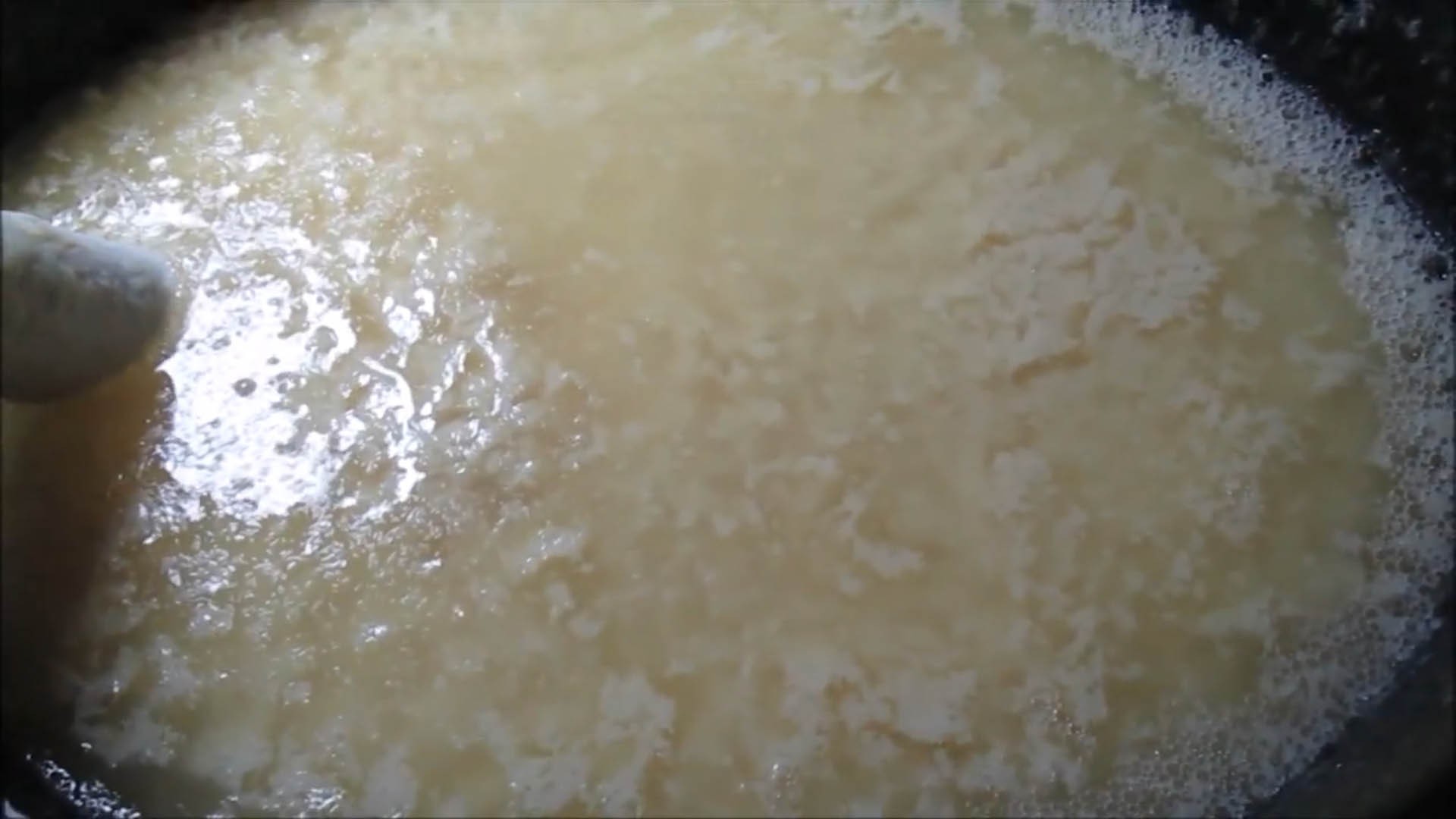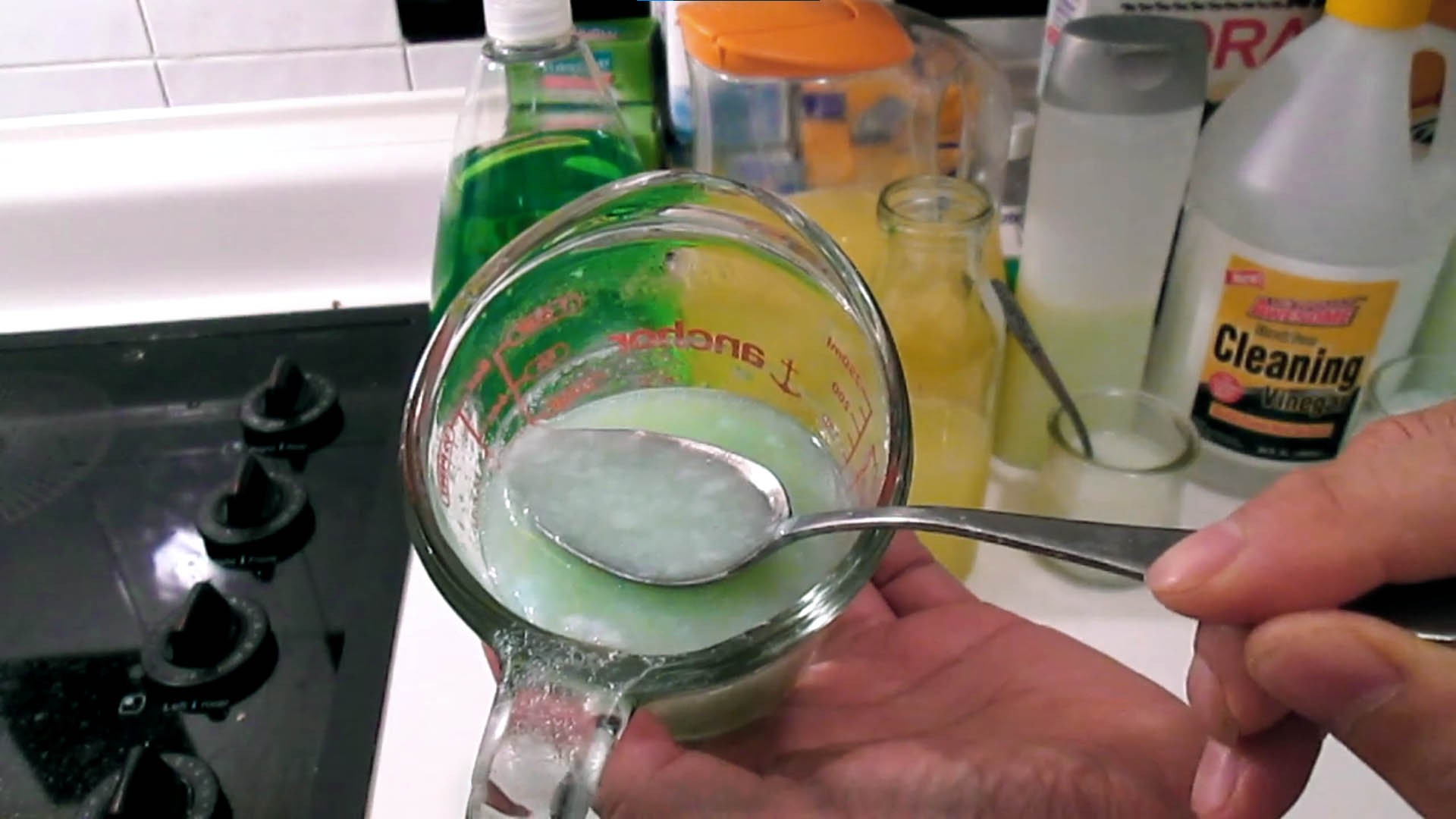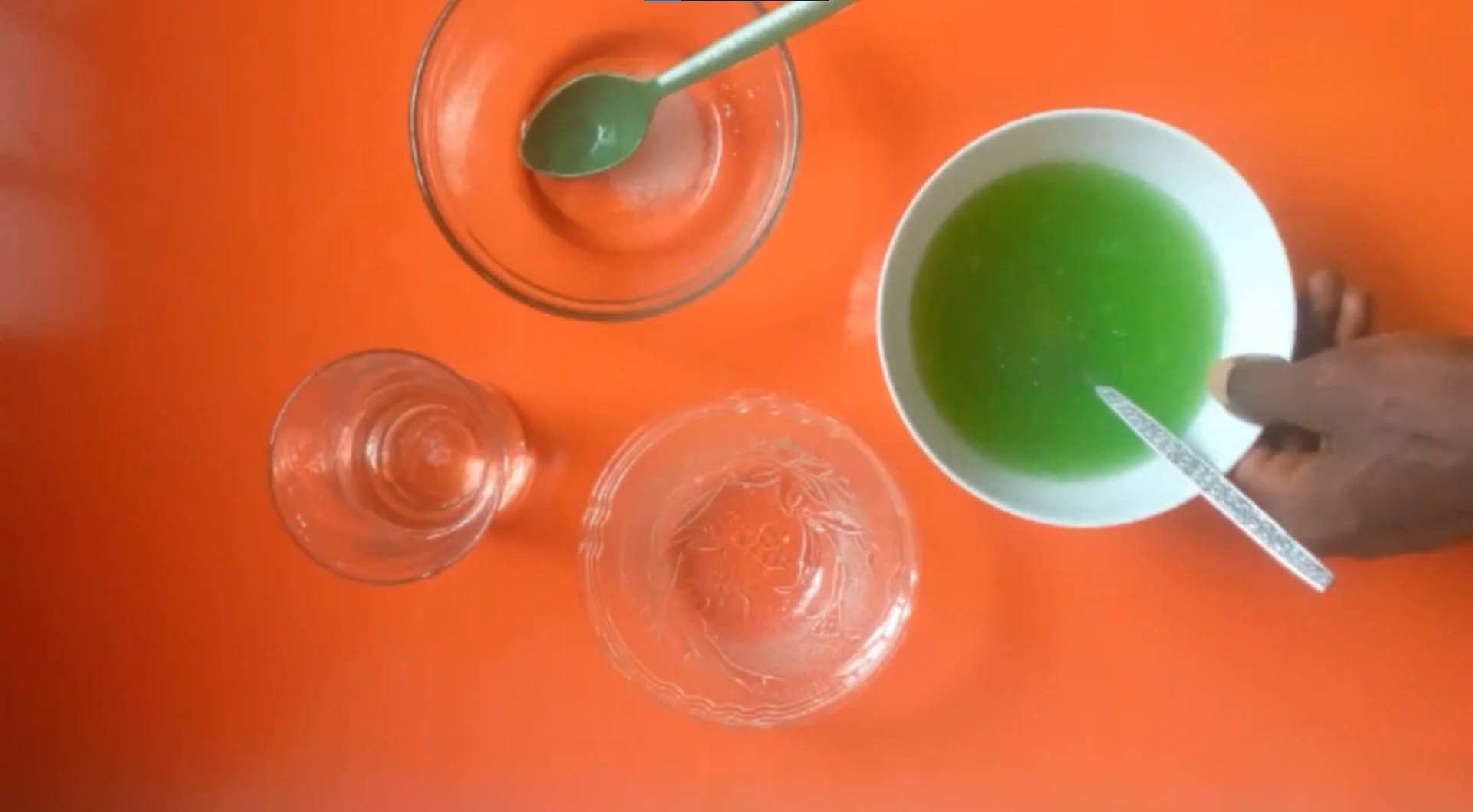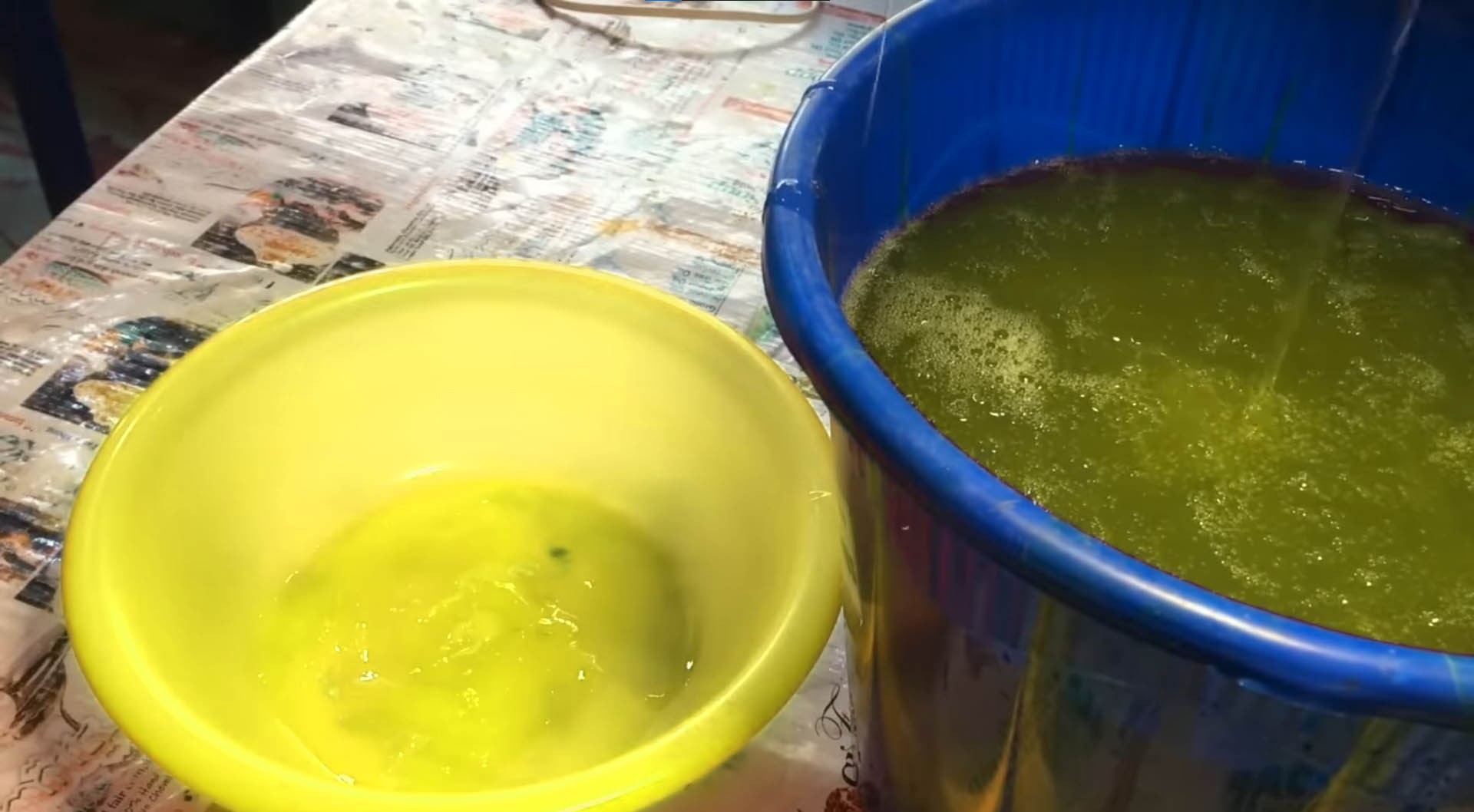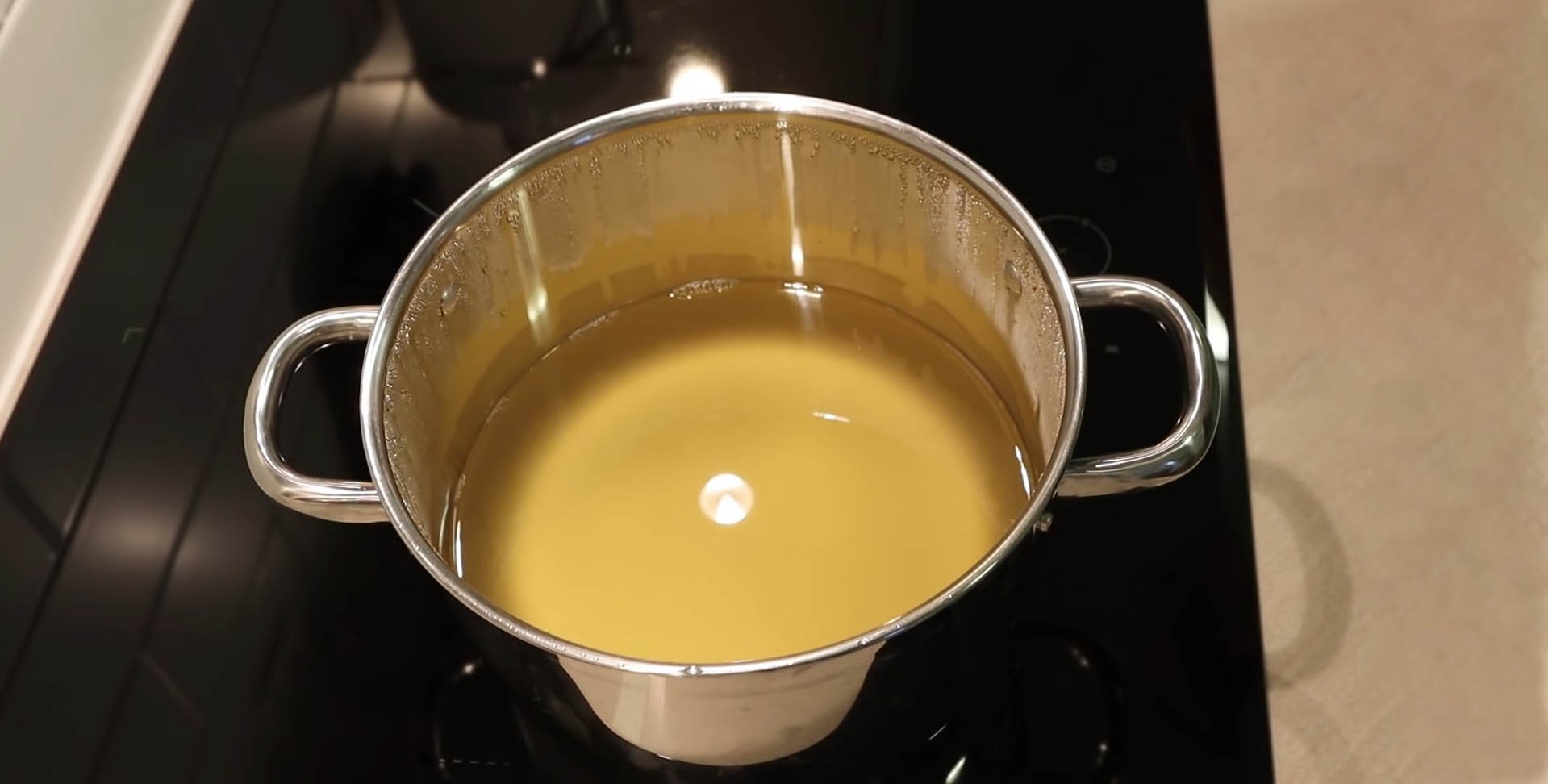One day, you noticed that your transparent DIY liquid soap has a floating layer at the top. This makes you think – why is my liquid soap separating?
Insufficient lye, unsaponifiable oils, excessive liquids, hard water, cold method of soap making are the common reasons behind soap separation. Due to these factors, the ingredients of liquid soap do not mix well with each other. As a result, the finished product becomes white and opaque either at the top or bottom.
In this article, we will discuss why liquid soap becomes cloudy or hard, and also the natural thickeners of liquid soap. So, don’t skip and read till the end.
How Do You Prevent Liquid Soap From Separating?
Adding too much glycerin can be cause why the liquid soap is separating. To prevent this from happening, add not more than 5% glycerin in the soap mixture. In simple words, pour 1 teaspoon of glycerine into 1 cup (250 ml) of water.
Tap water contains minerals and microbes. It not only separates soap but also can cause skin issues. Therefore, use distilled water to make liquid soap, also warm it up before for greater solubility.
Some fats and oils (beeswax, jojoba oil, hemp oil, mineral oil, tallow, cocoa butter, shea butter) are unsaponifiable. They don’t mix well with other soap ingredients, rather float as a layer at the top of the soap. Hence, use soft oils like olive oil, castor oil, rice bran oil, sweet almond oil, canola oil etc instead of hard oils.
If the soap recipe requires heavy oils, carefully calculate the amount and melt them down properly before adding. Alternatively, add 10% more lye (with the existing 30% lye) if you already added too many oils.
Why is My Liquid Soap Solidifying?
Because you might have left your liquid soap in the cold or freezing temperature. Other reasons why your liquid soap is solidifying are –
- Wrong selection of lye. Sodium hydroxide is used for making bar soap and potassium hydroxide is used for making liquid soap. Therefore, adding the bar soap’s ingredient in the liquid soap recipe will help the soap to solidify.
- Essential oils and fragrance oils. They thicken liquid soap, but do it faster if they contain vanillin or alcohol.
- Absence of water. Water is important for maintaining the consistency of liquid soap. If water evaporates too much while cooking the liquid soap, the soap will dry out. Also, your liquid soap recipe has hard oils but not the adequate amount of water – the end result will be solidified soap.
- Cold soap-making process. Unlike the hot process, the cold process depends on the room temperature to saponify the soap batter. As a result, without heat, your liquid soap may harden falsely without proper mixing.
How Do You Thicken Liquid Soap Naturally?
Use salt, natural gums like guar gum and xanthan gum, or Hydroxyethyl Cellulose to thicken liquid soap naturally. Among the gums, xanthan gum is more efficient in thickening liquid soap, but it may create mess.
Below are the liquid soap thickening processes in detail.
Salt :
Materials needed
- Table salt – 1 part
- Distilled water – 2 parts
Work process
- Warm the water first. It should be hot enough to dissolve the salt well.
- Add the salt to the warm water. Let the salt dissolve.
- Pour the salt water into your liquid soap slowly (a little at a time). Each time you add the salt water, stir the mixture well.
- Once the mixture has the consistency of honey or you desire, stop stirring.
(Note – Make sure not to add too much salt water to the soap. Otherwise, the soap will be diluted. Also, before adding the salt solution, add essential oils to the soap base. They will thicken the soap naturally and may reduce the necessity of the salt solution).
Guar gum :
Materials needed
- Natural guar gum – 2.5 grams
- Vegetable glycerin – 10 grams
- Distilled water – ¼ cup
Work process
- Mix guar gum and vegetable glycerin together. Glycerin will help to disperse the gum easily.
- Leave the mixture for 15 minutes.
- Add the gum-glycerin slurry to the distilled water and mix them thoroughly for 5 minutes.
- Now add this mixture to the liquid soap base.
- Mix them slowly and thoroughly. This will prevent bubbles from forming.
- Microwave the mixture for 30 seconds at the 50°- 60° celcius.
- Remove the mixture from the oven, mix again thoroughly, and leave it at room temperature to cool down. Your soap will be ready to use.
Xanthan gum :
Materials needed
- Xanthan gum – ½ teaspoon
- Vegetable glycerin – 1 teaspoon
- Distilled water – ¼ cup
Work process
- Wet the xanthan gum with the glycerin until no gum is left dry.
- Let it sit for 10-15 minutes.
- Add the mixture to the distilled water. Make sure the water is at room temperature.
- Mix them with hands or a hand mixer thoroughly for 5 minutes.
- Pour this mixture into the soap base and mix slowly to dissolve well.
HEC (Hydroxyethyl Cellulose)
Materials needed
- HEC – 1 teaspoon
- Warm distilled water – 1 cup
Work process
- Add HEC to the water and stir thoroughly.
- Pour the HEC solution into your liquid soap base. Keep stirring.
- When all are mixed up, pour the mixture in a glass bottle.
- Keep the bottle in a dry place for 24 hours. Use the base later.
How Long Does It Take For Liquid Soap to Settle?
It depends on the soap-making process, room temperature, soap-making temperature, and chosen additives and their quantities.
Compared to the hot process method, the cold process method takes longer for liquid soap to settle.
In the hot process method (where you cook the soap mixture to saponify), your liquid soap will take 4-6 hours to settle on average. Contrastingly, in the cold process method (where you mold the soap mixture to saponify), it will take a few weeks on average for liquid soap to settle.
Don’t forget the temperature
Besides the methods, room temperature and flame temperature also determine how fast or slow the liquid soap will cure. The higher these temperatures are, the faster and better the soap ingredients will mix with each other.
Be careful about chosen additives
Therefore, in the liquid soap recipe, include oils, lye, colorants, fragrance oils, and other liquids in right amounts. This way you will get your final product within the average time.
Can You Overcook Liquid Soap?
Not at all. Overcooking liquid soap will lead to a mess.
Normally, it is recommended to leave the liquid soap on the stove before it is fully cooked or until the chemical reaction is finished. If you cook liquid soap for longer than that, it will be dry and lumpy.
Though you can still use that lumpy production, your goal was to make a liquid soap, right?
So, an overcooked liquid soap is not good actually. If your liquid soap seems drying or getting hard during cooking, carefully add water in tiny amounts to the soap.
Verdict
Now that you know why is your liquid soap separating, next time when making liquid soap, weigh the ingredients correctly. Also, avoid using tap water or cold water for the soap. Apply the hot process method for making homemade liquid soap. It will solve the soap separation problem mostly.
If your store-bought liquid soap is cloudy, it might have gone wrong. We suggest you not to use that and buy a new one.

